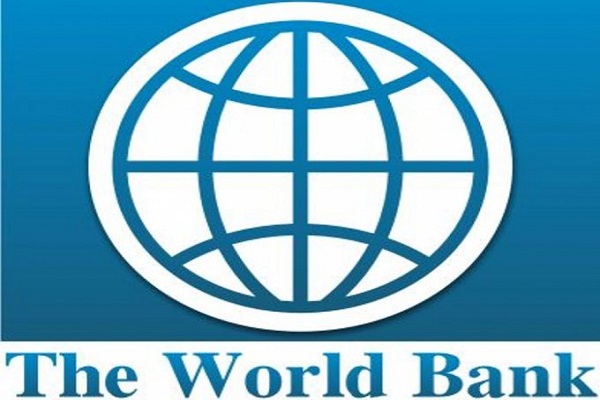The World Bank’s Board of Executive Directors approved a $100 million loan on Monday to help Odisha strengthen its early warning systems for better disaster response and expand social protection coverage for poor and vulnerable households through digital platforms.
Odisha is vulnerable to natural disasters, according to the World Bank, with cyclones hitting the state every 15 months on average. The state’s 480-kilometer coastline is also vulnerable to tsunamis. Recurrent disasters have a significant impact on economic activities such as agricultural production, infrastructure, and access to health, education, and employment.
The Odisha State Capability and Resilient Growth Programme will help reduce natural disaster losses by implementing a multi-hazard digital warning system and strengthening the state’s data collection efforts to improve resilience planning. The World Bank said in a press release that the program will also expand social protection coverage through a cash transfer program, with coastal and underserved communities receiving assistance through online delivery platforms (Mo-Sewa Kendras).
“The programme will help the Government of Odisha scale up existing social protection systems to better protect vulnerable households from climate shocks,” said Auguste Tano Kouame, the World Bank’s Country Director for India. “The proposed engagement complements reform priorities identified by the Government of Odisha while building on the extensive program of technical assistance provided by the World Bank to the state over the past decade,” he added.
The new programme will support the state’s efforts to enhance digital social service delivery systems.
“Better data and delivery systems can lead to stronger resilience. The programme can help the state address risks and gender gaps in social protection programs and allow for future planning,” said the Task Team Leaders for the project Shrayana Bhattacharya, Ambrish Shahi, and Samik Sundar Das.
The International Bank for Reconstruction and Development (IBRD) loan of $100 million employs the Programme-for-Results (PforR) financing instrument, which directly links fund disbursement to the achievement of specific program results. The program has a maturity of 12.5 years and a three-year grace period.
Source:OCN







 Finance
Finance







